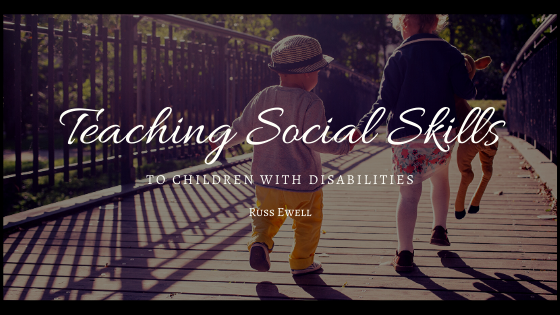Adolescent behavior has been studied for generations, and there are some fundamental challenges that seem to consistently show up in each age group. Social skills obviously vary from one child to the next, and this area has always been an outlier for researchers who study child psychology and adolescent behavior. In recent decades, new and interesting challenges have emerged for children with disabilities and other groups of children that have special circumstances. Ongoing research is developing important data related to teaching social skills to children with disabilities. Some of the more effective rules of engagement are outlined here.
Success Starts in the Home
Despite differences in schools of thought and personal philosophies, researchers overwhelmingly agree that children with disabilities experience success in adapting to social settings when they are given support in the home. Children become confident in interacting with their peers in an unfamiliar environment when they are consistently praised for exploring their surroundings and trying new things. Parents can create mock interactions by using puppets, role-playing, and scheduling playdates with new friends. Children who learn to accept new situations in their home environment are more likely to be successful when they encounter new people and situations in the outside world.
Choose Appropriate Activities
Arts, crafts, and physical activities are a great way to introduce children to new friends. When choosing activities for children with disabilities, it is absolutely vital to consider the physical, mental, and emotional capacity of the children involved. This will avoid stressful situations such as anxiety or embarrassment that may result from a child being put on the spot in a new activity. Help them become accustomed to new activities by practicing at home and also by being an active role model.
Encourage Chance Interactions
Most children learn best by watching others. Adults who spend time around children with disabilities often marvel at the behavior exhibited by these children. This phenomenon is quite simply explained. Children adapt to their surroundings and learn acceptable behaviors, actions, and reactions by watching those around them. They are able to learn and imitate the behaviors of the adults around them and pick up all sorts of habits. Effective social skills can best be taught to children with disabilities by the example of those around them on a regular basis.

